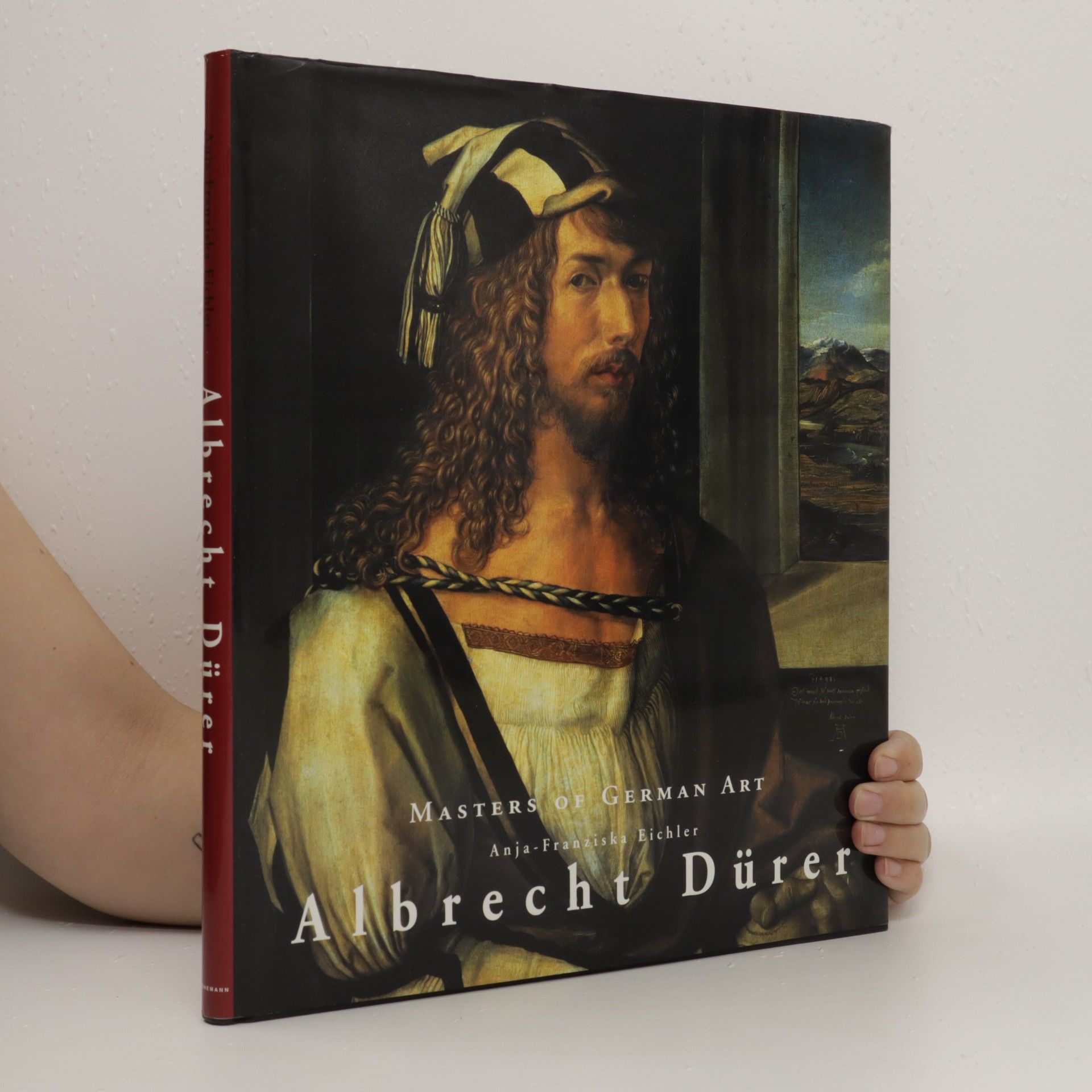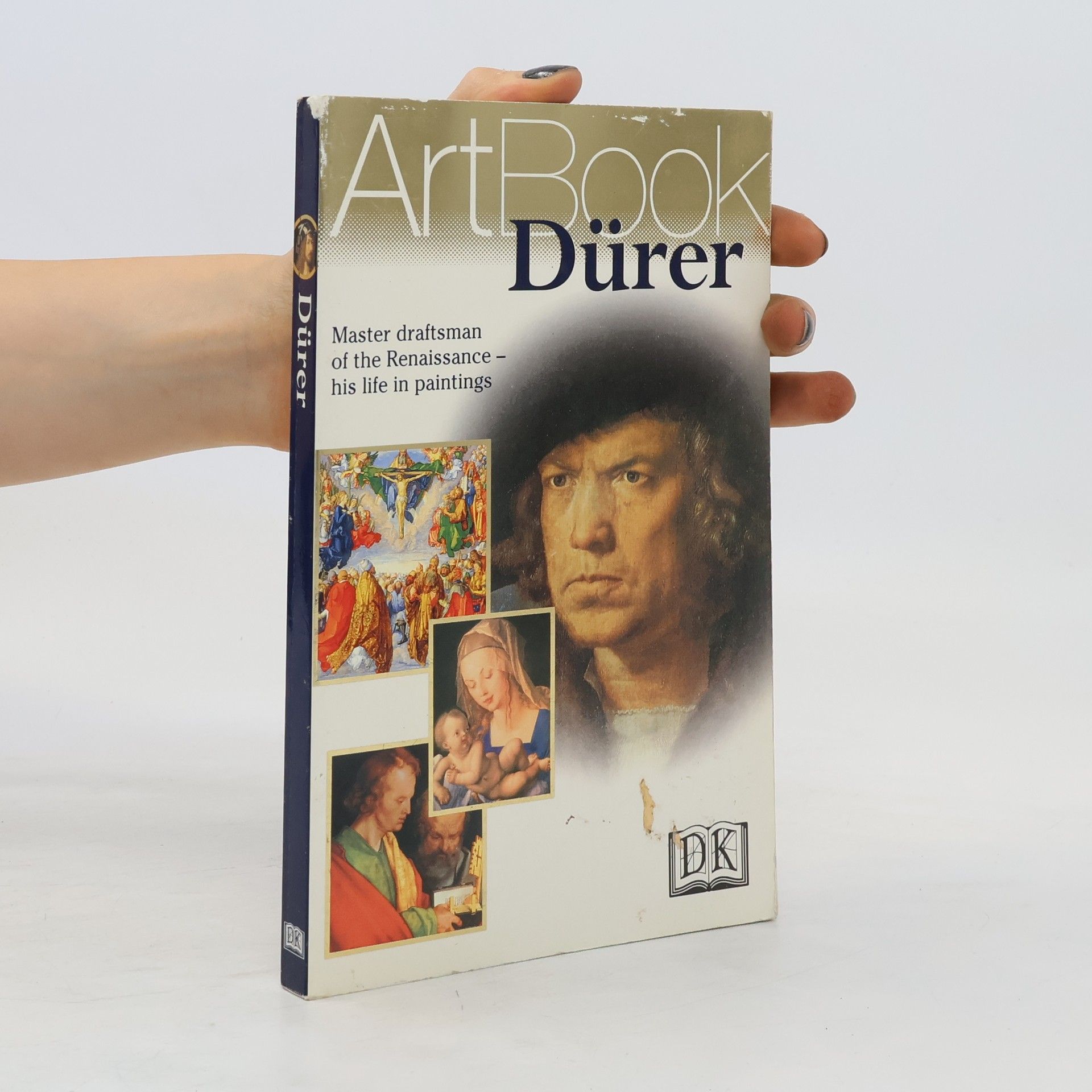Albrecht Dürer Boeken







An introduction to the Renaissance genius of Albrecht Durer. It focuses on Durer's studies of the natural world to show how the artist imbued the most ordinary of living things with reverence and emotion. A master graphic artist, Albrecht Durer (1471-1528) was arguably the most important artist of the Northern Renaissance. Although he was extremely influential as a printer, his drawings and paintings reveal a profound scientific curiosity and sensitivity to the world around him. This collection of sketches and watercolours features 34 animal and plant studies, including the masterpieces "Hare" and "Large Piece of Turf". Victoria Salley presents an essay exploring Durer's interest in nature and reproductions which should allow readers to appreciate the intricate beauty of Durer's work as well as his keen powers of observation - traits which continue to inspire and instruct artists today.
Facsimile of Durer's Apocalypse of 1498, arguably the greatest set of prints in Western art.
Albrecht Dürer excelled in various media, but his woodcut designs showcase his creative genius at its peak. This collection features over 300 of his extant woodcuts, including renowned works like the series on the Life of the Virgin, The Apocalypse of John (17 cuts), The Great Passion, St. Jerome in his Study, and The Fall of Icarus, among others. It serves as the sole source for many of these pieces. While sacred themes dominate—depicting the Holy Family, Christ's life, and saints—Dürer also explored diverse motifs, including portraits, book illustrations, coats of arms, and mythological themes. The plates are arranged chronologically, allowing readers to trace the evolution of Dürer's artistry, revealing an individualistic style and unparalleled skill. An introduction by Campbell Dodgson and a 34-page guide by Dr. Willi Kurth address the authenticity of each work, referencing key Dürer scholars and providing historical context from his apprenticeship in Nuremberg to his later works (1520-1528). The woodcuts are reproduced in exceptional detail, making this collection essential for art historians and critics, while also offering aesthetic enjoyment to lay readers.
Masters of German Art : Albrecht Dürer
- 140bladzijden
- 5 uur lezen
Albrecht Dürer embodied a new type of artist, one who represented a different attitude to art and enjoyed high social status of the kind already accorded to Italian artists of his time. With his revolutionary innovations in paining as well as printed artwork Dürer introduced the Renaissance to German art. Humanistic philosophy of his day proved as fruitful a source to him as his study of the art of antiquity or the works of his European artistic contemporaries, which he drew on for wholly novel purposes. The enduring enthusiasm for Albrecht Dürer highlights the nature of his genius and his unique role in giving German art the impetus to historic progress.
Dürer and the Virgin in the garden
- 32bladzijden
- 2 uur lezen
This beautiful volume, companion to the earlier, highly regarded Giotto to Dürer, is a guide to the sixteenth-century paintings of London’s National Gallery. It examines the finest works of such artists as Holbein, Raphael, Cranach, Titian, Gossaert, and Bronzino and provides fascinating insights into the individual masterpieces and their makers.“A readable overview of European painting in the sixteenth century, rich with perceptive commentary.”—Andrew Butterfield, Art News“This fluently written and beautifully produced book serves both as a period survey and as a reference for sixteenth-century European painting in the collections of the National Gallery.”—Jeffrey Fontana, Sixteenth Century Journal
Dürer
- 96bladzijden
- 4 uur lezen
ArtBook Dürer
- 144bladzijden
- 6 uur lezen
Traces the life of the German artist, analyzes his works, and explains the historical and social context of his painting
Excerpt from Records of Journeys to Venice and the Low CountriesThe letters from Venice and the Diary of his journey in the Netherlands, which form the con tents of this volume, are indeed the singularly fortunate means for this pleasant intercourse with the man himself. They reveal Diirer as one of the distinctively modern men of the Renaissance intensely, but not arrogantly, conscious of his own personality; accepting with a pleasant ease the universal admiration of his genius, - a personal.About the PublisherForgotten Books publishes hundreds of thousands of rare and classic books. Find more at www.forgottenbooks.comThis book is a reproduction of an important historical work. Forgotten Books uses state-of-the-art technology to digitally reconstruct the work, preserving the original format whilst repairing imperfections present in the aged copy. In rare cases, an imperfection in the original, such as a blemish or missing page, may be replicated in our edition. We do, however, repair the vast majority of imperfections successfully; any imperfections that remain are intentionally left to preserve the state of such historical works.
The Humiliation and Exaltation of Our Redeemer
- 66bladzijden
- 3 uur lezen

